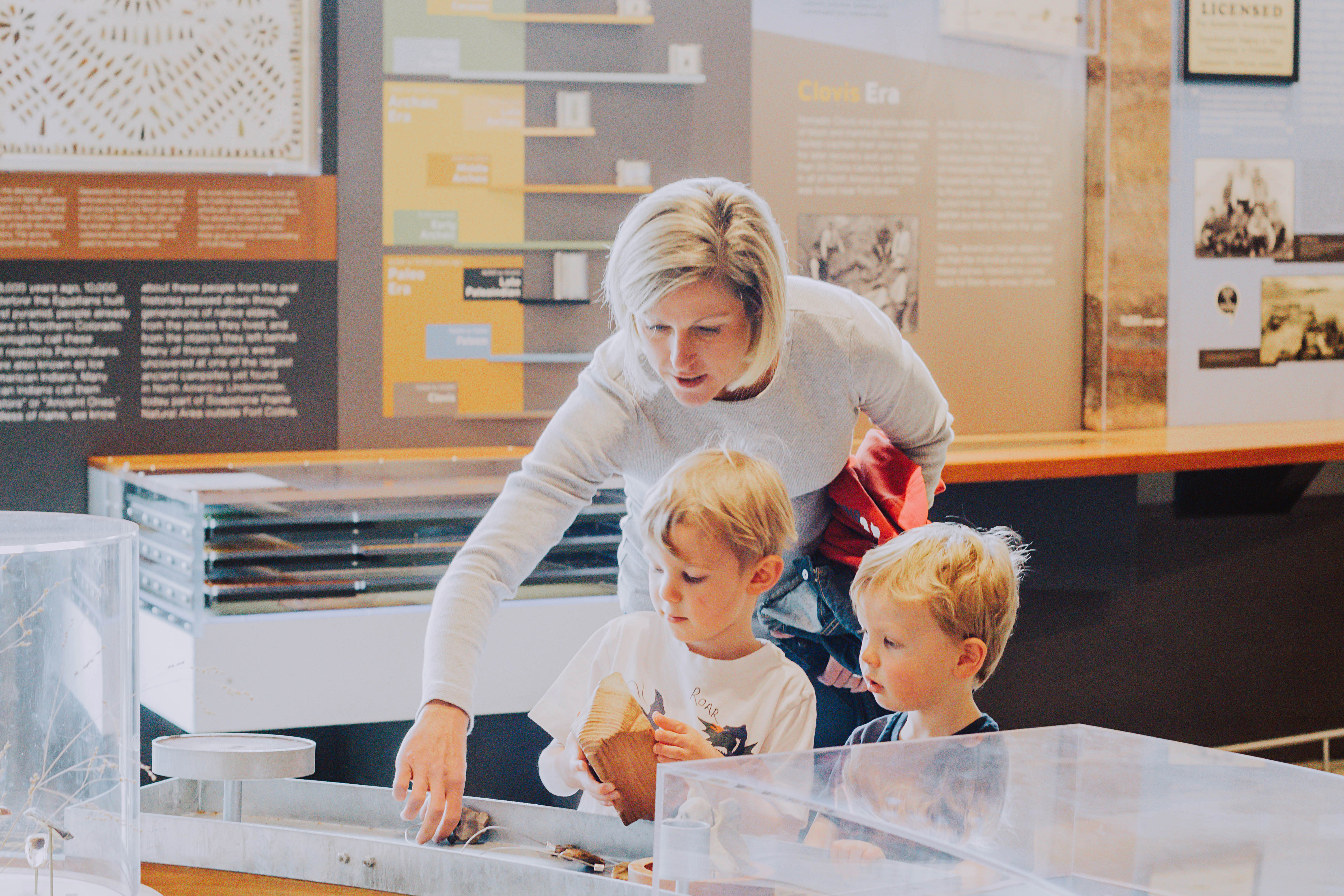Post written by Charlotte Conway, Public Programs Assistant.
Sci-Fi Strikes Back
On the surface, science and fiction may appear to be complete opposites. Fiction tells us stories about people, places, and things that are imaginary. Science gives us knowledge about our world through observation and experimentation. Yet, the two are not as dissimilar as they seem. In fact, science fiction, the genre dedicated to imagining the world through the science and technology of the future, has helped many scientists with their work in the real world!

Take, for example, the inventor of the submarine. American scientist Simon Lake was inspired by the undersea adventures in the science fiction novel Twenty Thousand Leagues Under the Sea by Jules Verne! And Lake is not alone in drawing inspiration from science fiction: the inventor of the cell phone, Martin Cooper, gives credit to the communication devices he saw on the show Star Trek.
In our modern world, STEM (science, technology, engineering, and math) has garnered a lot of attention, and for good reason. In the 21st century, many jobs will lie in the STEM fields. Yet without the arts, even the most advanced scientists can lack the imagination necessary to developing creative solutions. A large part of the engineering process is to imagine possible solutions to a problem. And when those solutions don’t work, it’s back to the drawing board to come up with new ideas.

Through a stretch of the imagination, sophisticated scientific advances can be made!
Check out fcmod.org/geekweek for other events this week!
Join us for Geek Week: Sci-Fi Strikes Back on March 20.

